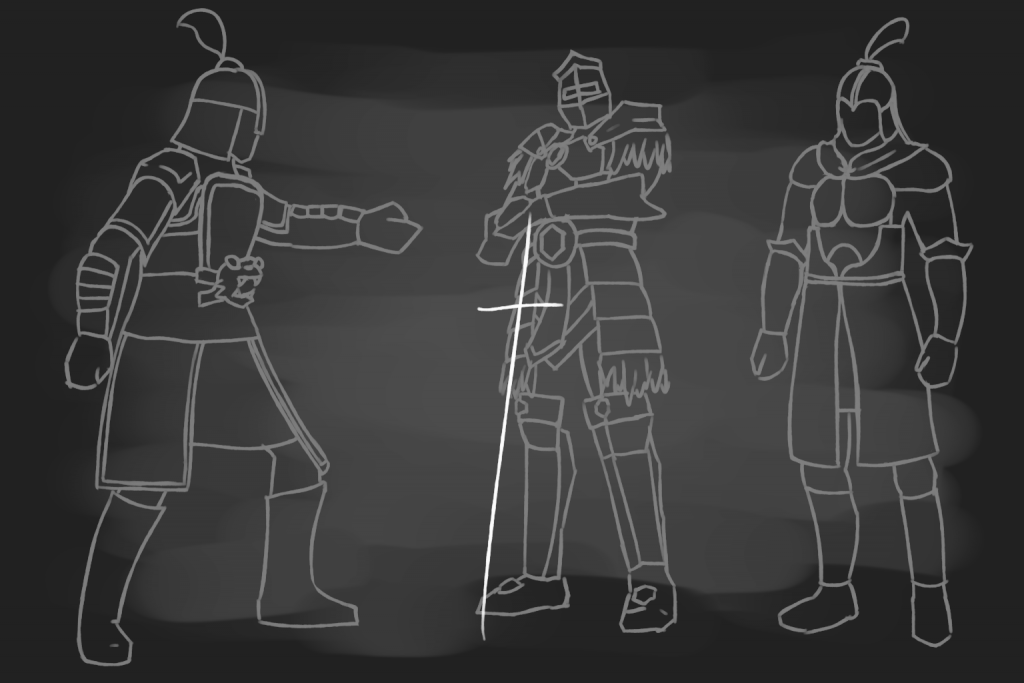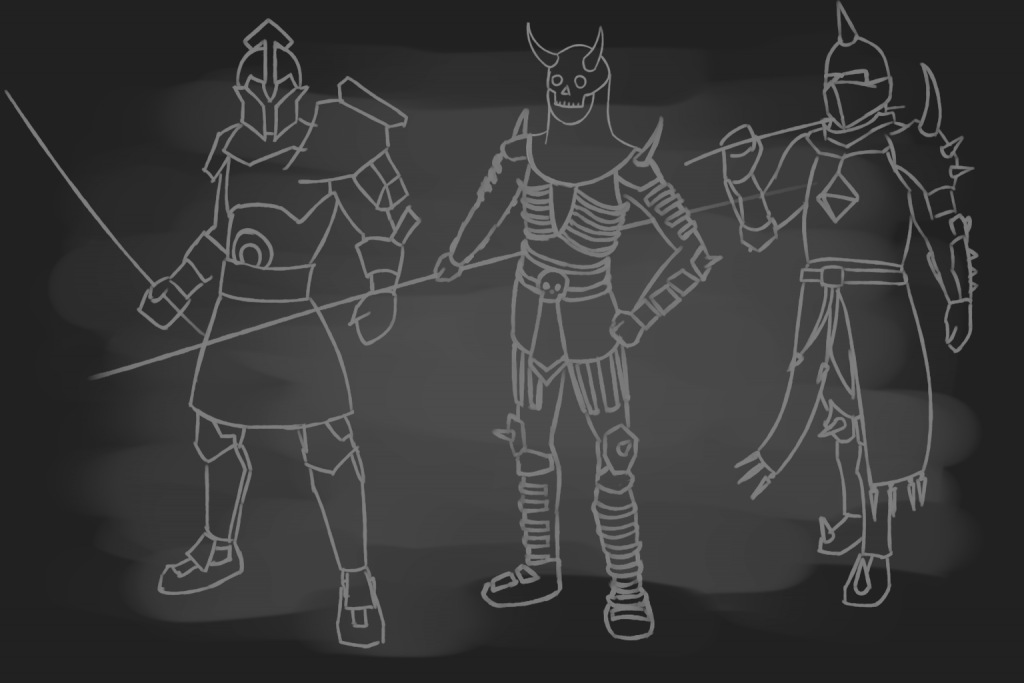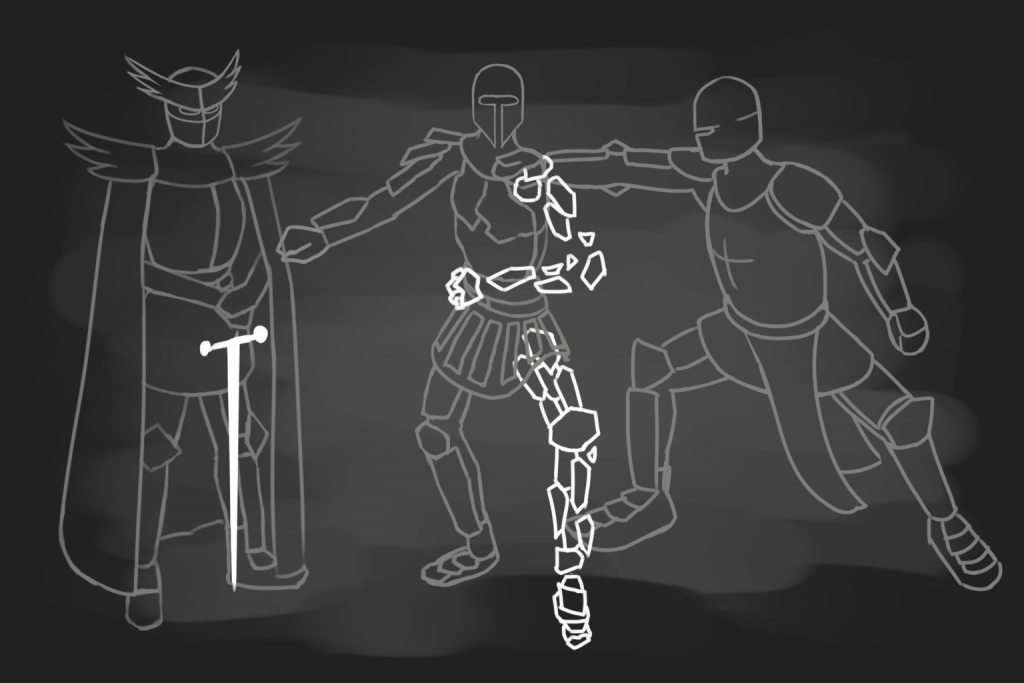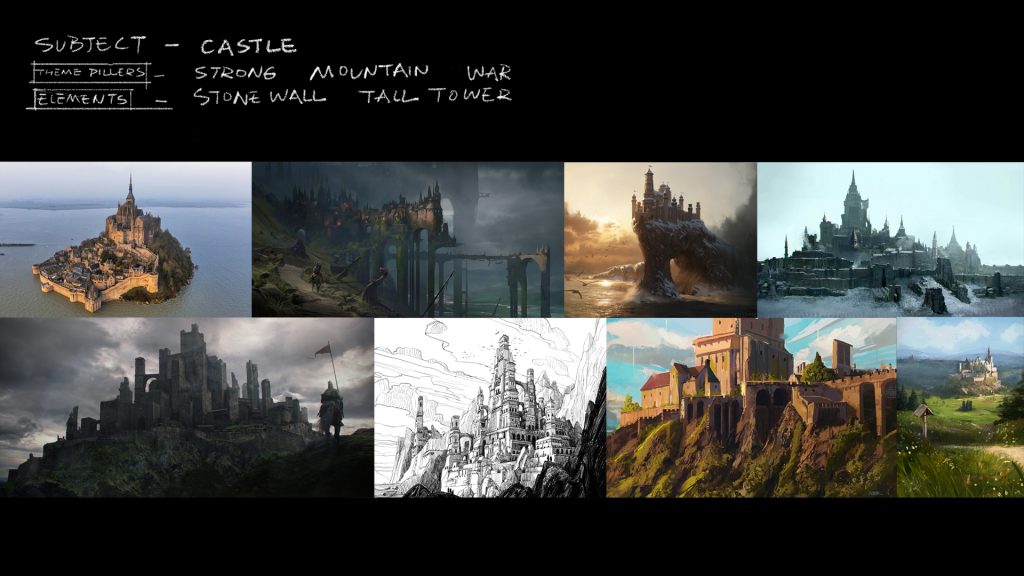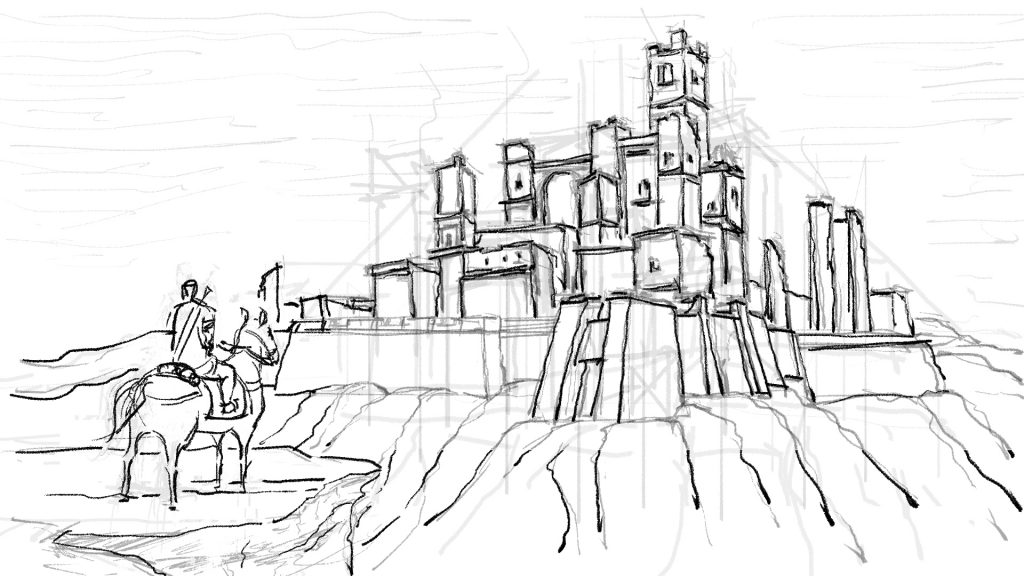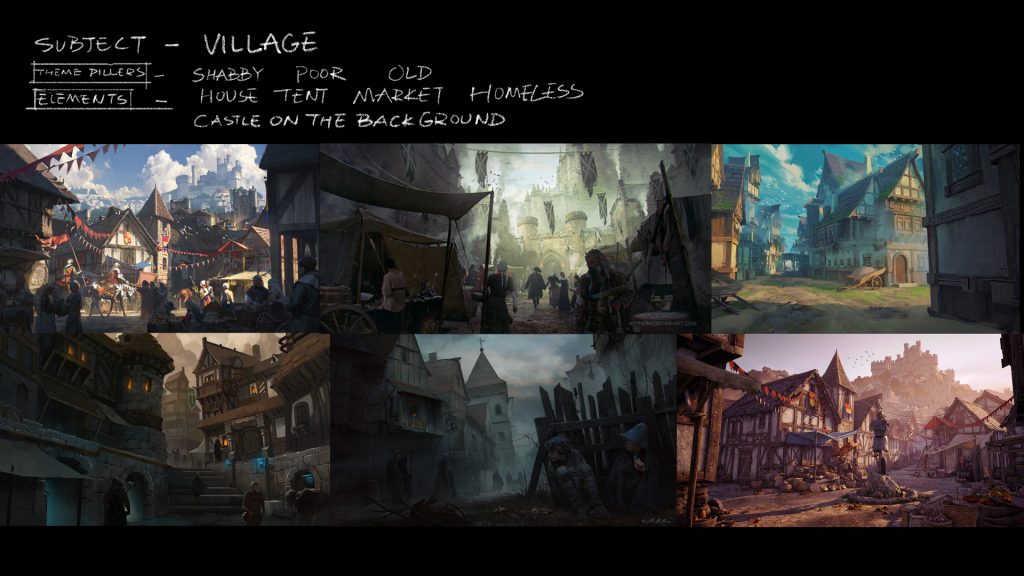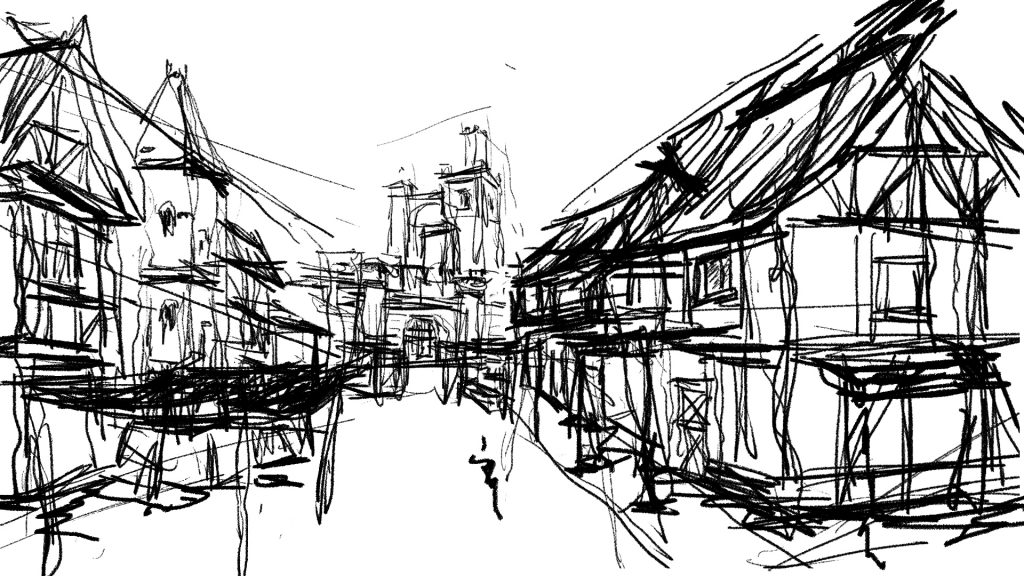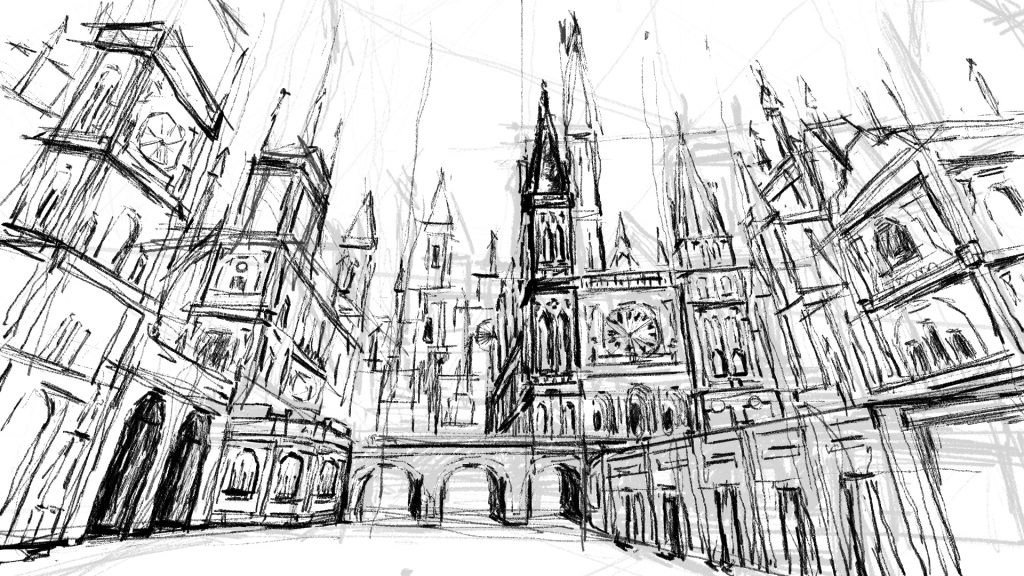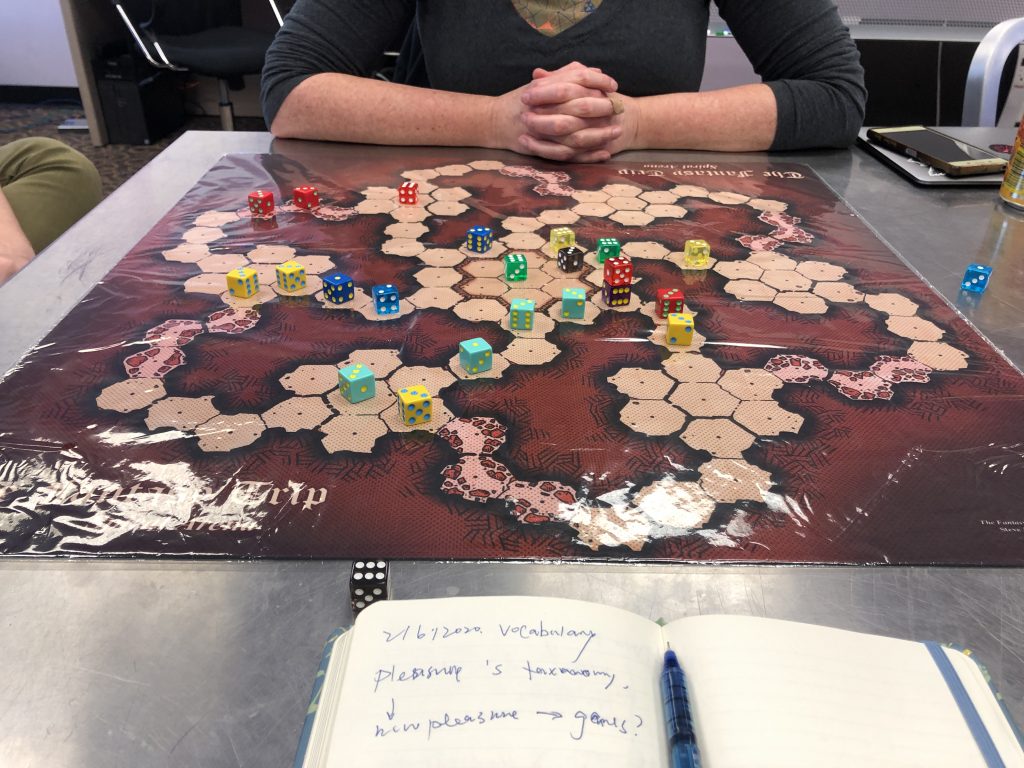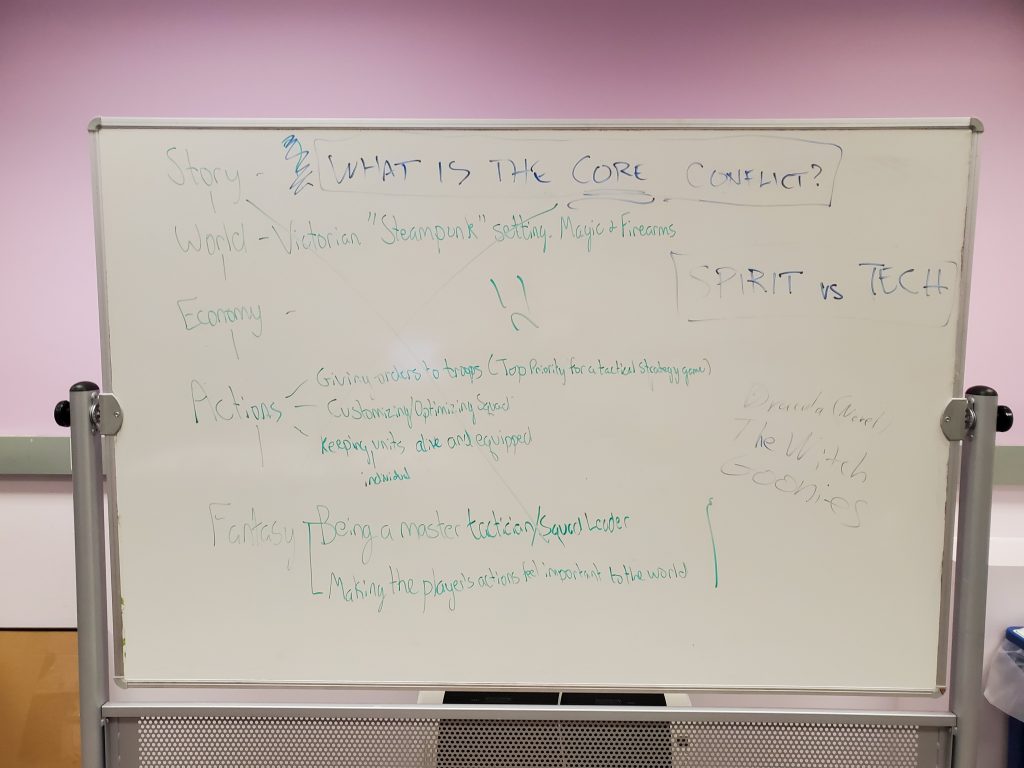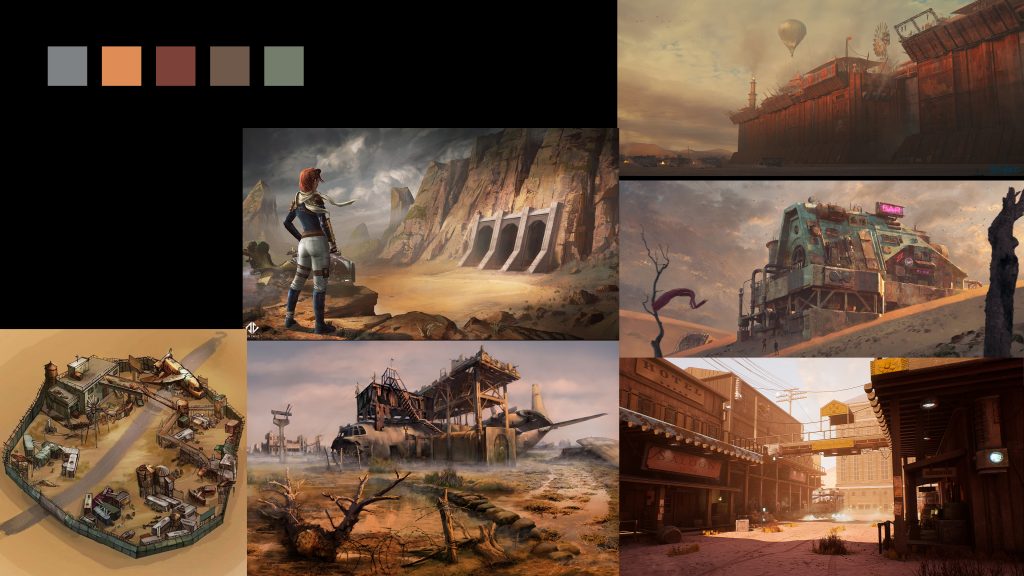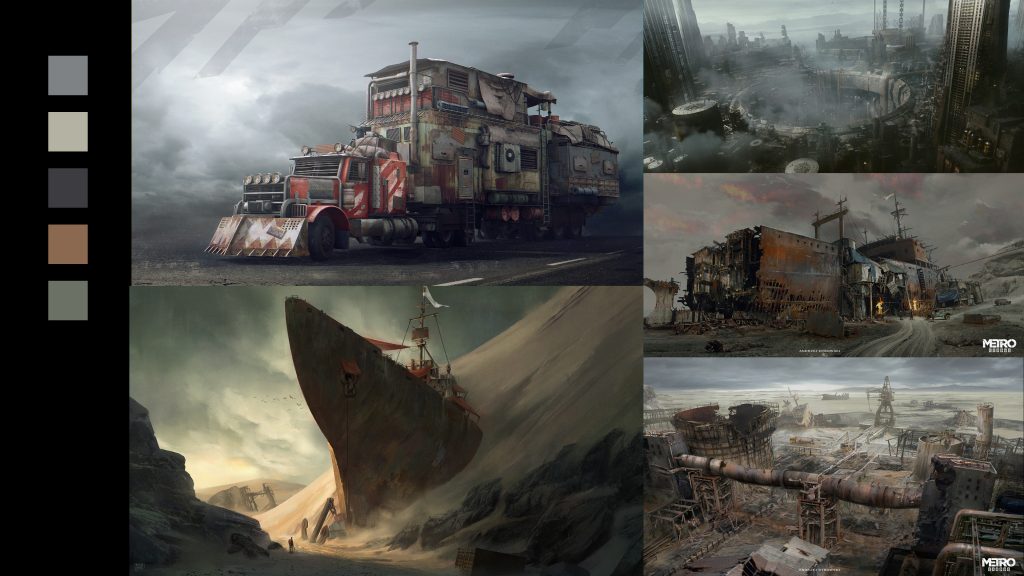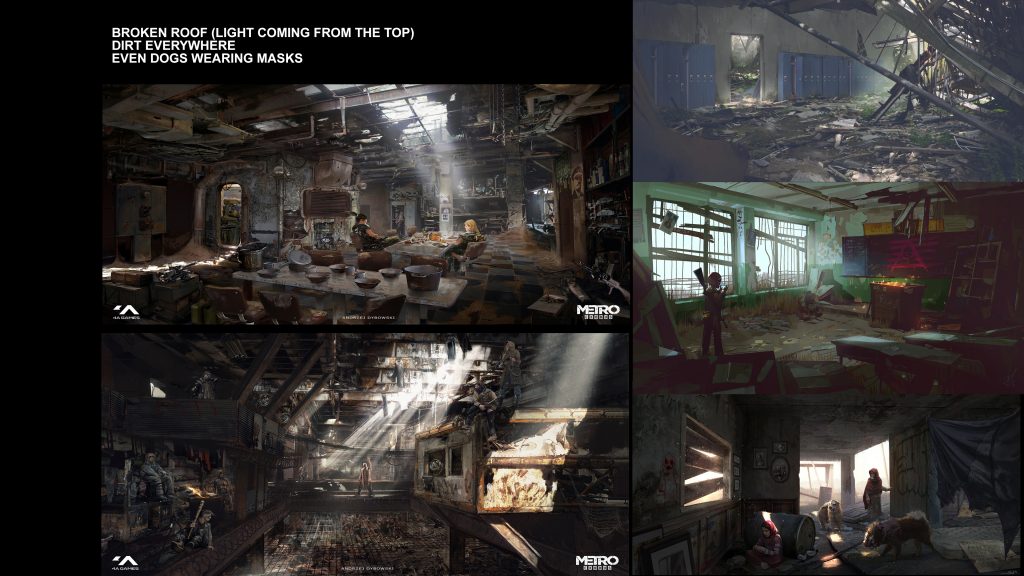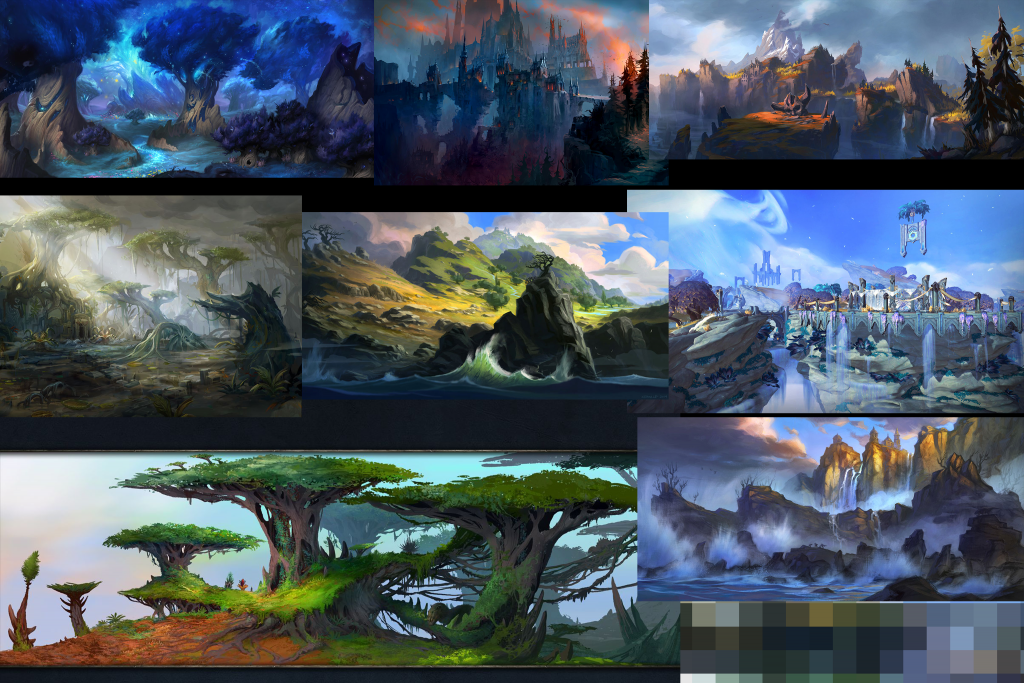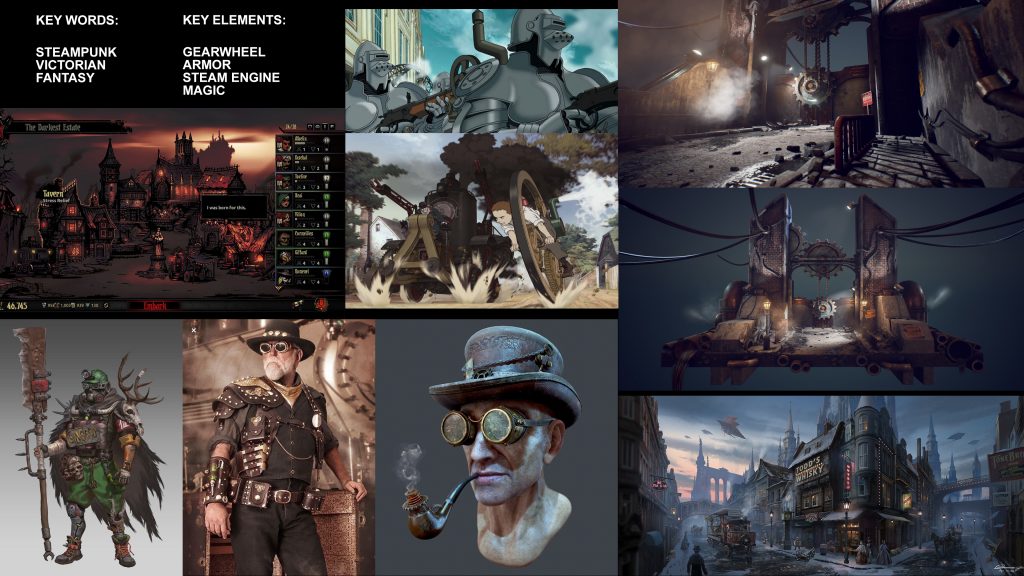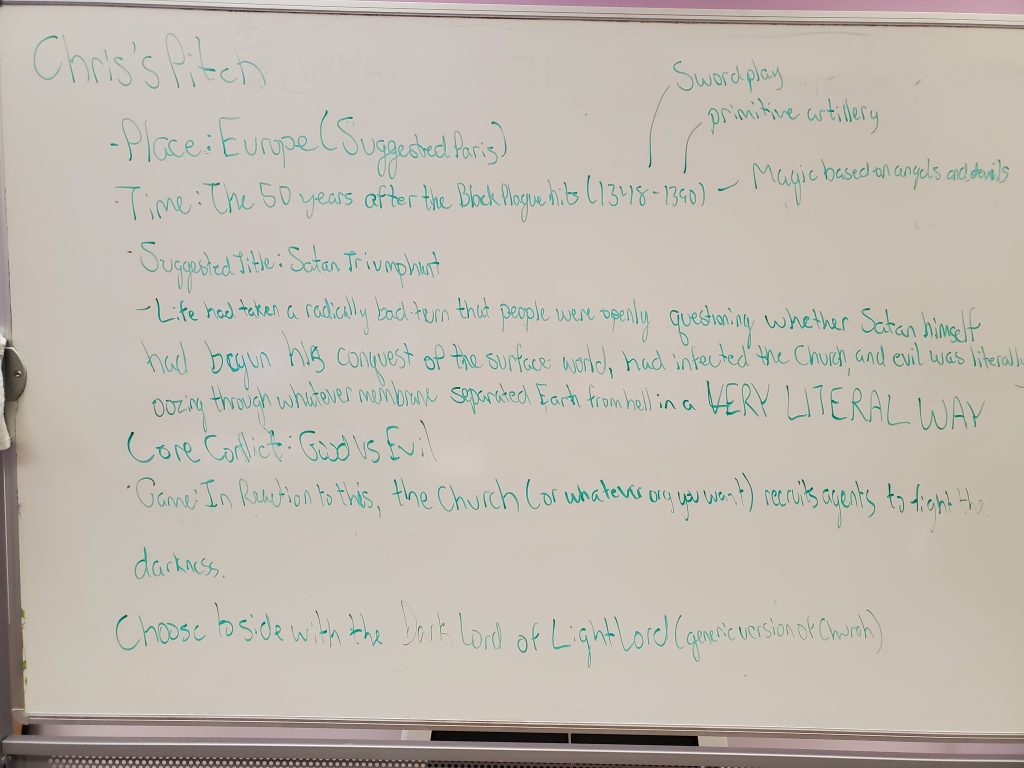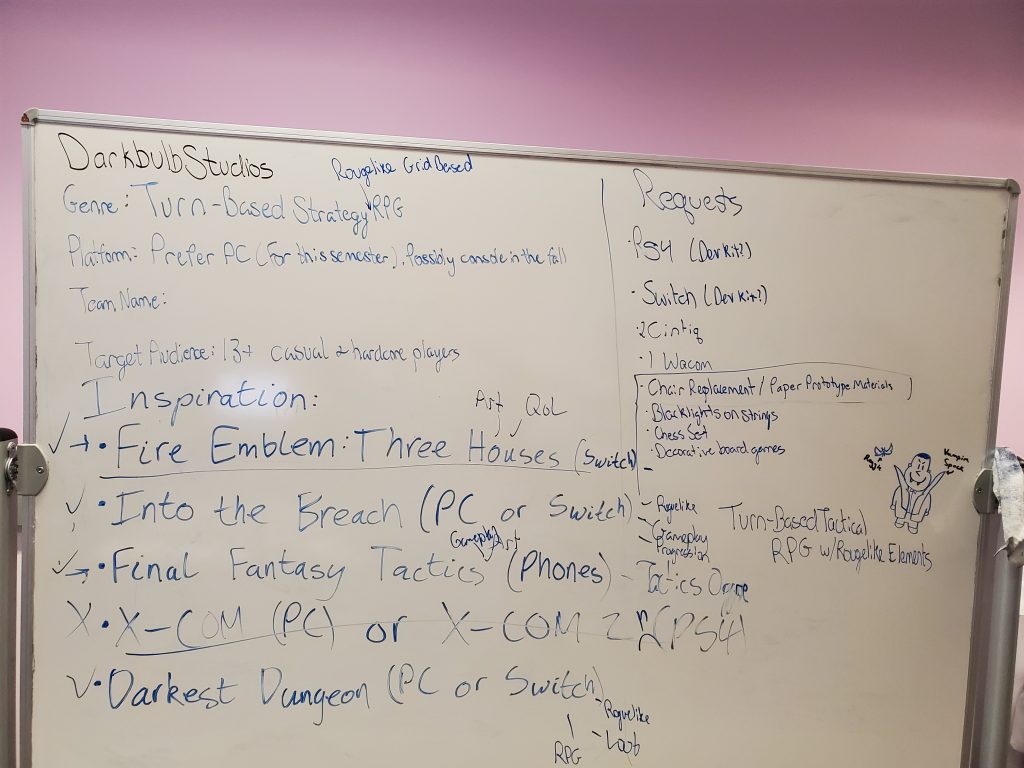Week 5 consisted of the team digesting and reacting to faculty feedback from the previous week. We received a lot for us to parse through, such as the overscoping of our story to best practices of designing characters. We want to make sure that we are taking our faculty’s feedback, all while also keeping the core of our experience.
Beginning with the narrative, we began to flesh out the role of the “Plague Doctor” avatar and his place in the world. We were torn between making the avatar either a human turned lackey of the Devil, or make him a demon from fictional hell to destroy the country. We ended up choosing a human being as we believe it syncs well with the idea of the plague bringing suffering and misery to the world. Our current direction for this character is that he is a father whose daughter becomes ill from the plague. The Devil makes a deal with him that he will cure the daughter in place of the human helping to destroy the Church and nobility of the nation. The Devil gives him the Plague powers, and takes the daughter as collateral until the deed is accomplished. While a bit of a trope or cliche, we decided to use it to our advantage in order to set up the story quickly. We only have a few hours of gameplay we will most likely finish by the end of next semester, so we should create a story that does not need much explaining. The idea of a father using these evil powers on the world to save his daughter is a compelling and possibly a relatable story for players. It may make parents consider what ends they would go to in order to save their children.
Moving onto game mechanics and gameplay, we created a mock AI system for the enemy units to follow during our paper prototype. We wanted to create some sort of easy system for our designers playing the enemy to follow what would most closely resemble what the enemies may feel like in-game. Our designers also did begin on deeply documenting all core gameplay elements that we will pass off to the next team. We also began our weekly sprint cycles with prototyping in engine. Our first sprint for programming was the implementation of units on a grid who are able to move around and fight each other.
We wanted to get the bare basics of gameplay set for this sprint to judge how long other aspects may take. We have two more sprint cycles before we present our work for halves (midterms), and we want to be able to show off our main mechanic of the Plague Doctor using the plague on units. Having the unique game mechanic to show for our presentation is where our priorities lie.
Over on the art side, we took the advice of riffing off of a base design of a character in the fourteenth century to heart. Our artists created multiple sketches of what a “knight” may look like, and we came together to discuss aspects we liked and disliked from each design. This helped the whole team come up with a unified vision of our knight. This style of art review we found to be extremely helpful, so we are going to continue with this approach going forward! We also have some new concepts of other locations in the world shown below:
We wanted to get a general direction for the style we wanted to go with when creating different types of structures. Our next goal with environments is to bring our narrative and art members together to finalize locations and environments where the player will go to. This will allow our artists to create specific environment sketches from here on out.

